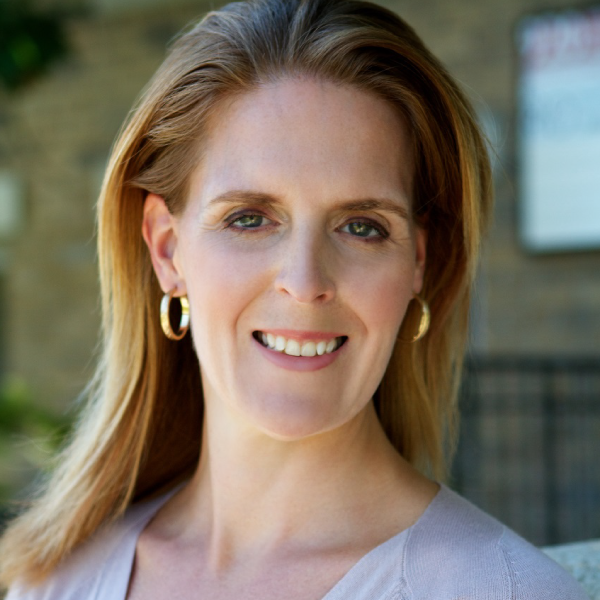When it comes to the SR&ED program, there’s a raging debate about the difference in meaning between technical and technological. Why is this so important? Because if CRA finds that your project is “technical” in nature, and not “technological”, then you could be looking at a denial of your SR&ED claim, and not just in part, but in full.
The debate rages on because claimants don’t understand what CRA means by “technical”, and CRA has been ineffective at illustrating the difference, leaving claimants and practitioners speculating for years about what they really mean.
The problem stems from the fact that there can be no technological advancement that doesn’t involve technical activities. You can’t design and develop a rocket to the moon without a wrench, nuts & bolts, and a clipboard. You can’t design an advanced smart phone without circuits and a screen. Whenever you break any project into granular pieces, the activities will always appear routine in nature.
As a claimant, or a potential claimant, you need to understand the following. Although you’ll find no mention of this in the Income Tax Act, the CRA reviewer is actually judging your technical theory, to determine if it makes sense to him or her. CRA is looking for a fundamental advancement in knowledge, and if CRA can’t put its finger on that precise nugget, then all of your activities will appear technical to them.
In order to understand the difference between technical and technological, you need to consider the critical factor of “predictability”. A theory is not a theory if the outcome is entirely predictable. You cannot theorize or hypothesize that the light will come on if you turn the switch on. You cannot hypothesize on the process to bake a cake when you are reading the instructions from the package. Your theory about getting wet if you stand in the rain, well, it’s not really a theory.
CRA uses this approach to “judge” your SR&ED work. If you cannot define a well-articulated theory that addresses fundamental concepts, then CRA may say things like “I don’t see it” and the fall-back position is, “looks like standard practice”.
CRA wants you to define a theory, that does not involve predictable concepts, and then demonstrate that you did work that is consistent with that theory. The problem is that the work itself will always appear routine in nature, and this is where you must continually remind the reviewer of the purpose. You may need to tighten a bolt in order to improve your technology, but you are not claiming an advancement in bolt tightening.
It is hard to believe, but expressing a properly worded theory to CRA is not easy. You have to avoid using familiar concepts about the product or device that you are trying to improve, and talk only about fundamental technological concepts. Most business owners find this process very difficult to do.
Bond Consulting Group has a YouTube channel with a series of short videos (1-3 minutes in length each) that introduce and review many different subjects relating to SR&ED, including a review of the scientific method.
If you’d like to find out if your work is “technical” or “technological”, and whether your projects might qualify for an SR&ED approval, please don’t hesitate to contact Bond Consulting Group. We are located in Toronto.
This article was written by Julie Bond, President of Bond Consulting Group. For more SR&ED articles, visit our Blog. To learn more about SR&ED, visit our Video Learning Centre.





